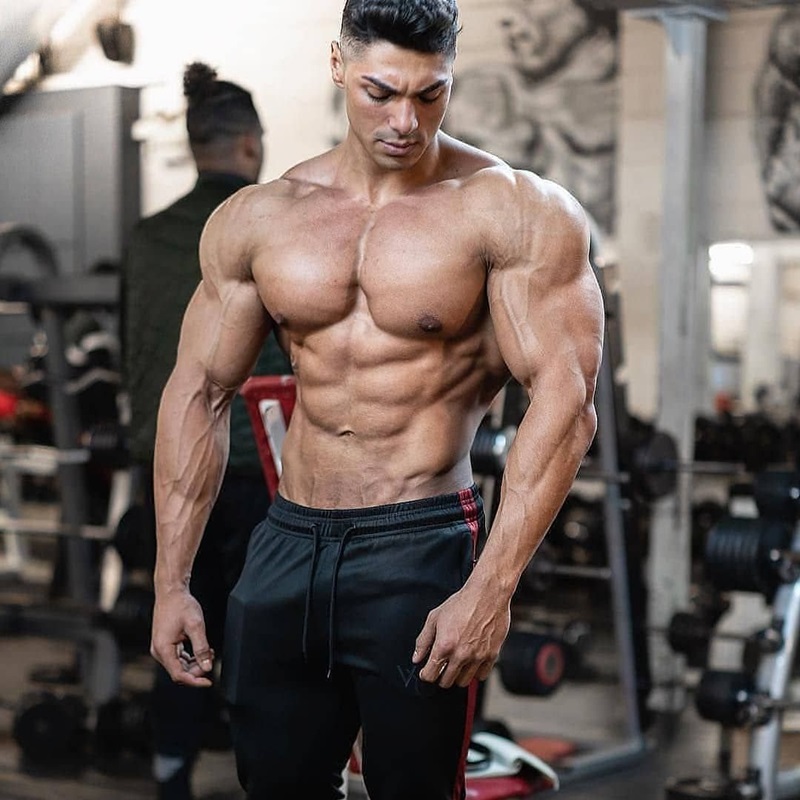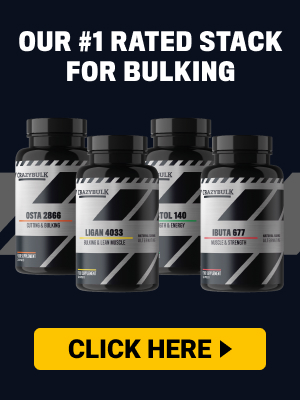The Science of Training Splits: What Research Says About Frequency & Growth
Everyone has an opinion on the “best training split.” Some swear by Push–Pull–Legs, others live by the classic Bro Split, and newer lifters often gravitate toward full-body or Upper/Lower routines.
But what does actual science say about how you should organize your training for muscle growth?
In this evidence-based guide, we’ll explore what decades of research and experience reveal about:
- Training frequency and its relationship with hypertrophy
- Volume and intensity distribution across different splits
- The scientific rationale behind popular routines (PPL, PHUL, PHAT, Bro Split, etc.)
- Practical conclusions for natural lifters and athletes
By the end, you’ll understand how to align research with real-world training — and design your own scientifically grounded split for maximum gains.
🔍 The Role of Frequency in Muscle Growth
The Research Landscape
For years, the bodybuilding community favored once-per-week muscle training — the Bro Split model. But modern research flipped that idea on its head.
A landmark 2016 meta-analysis by Schoenfeld et al. found that:
“Training each muscle group twice per week produced superior hypertrophy compared to once per week — when total weekly volume was equated.”
In other words:
- Training a muscle more often gives you more opportunities to stimulate growth.
- But the total volume per week is still the biggest driver.
Frequency vs. Volume: Which Matters More?
Frequency doesn’t build muscle on its own — it’s just a way of distributing volume more effectively.
Imagine doing 18 sets of chest per week:
- Once a week: 18 sets on Monday → massive fatigue, poor performance on final sets.
- Twice a week: 9 sets Monday, 9 sets Thursday → higher quality per set.
👉 Science consistently shows that spreading volume across multiple sessions improves performance, recovery, and hypertrophic signaling.
🧠 Understanding the “Muscle Protein Synthesis” Window
After a hard session, muscle protein synthesis (MPS) spikes for about 24–48 hours in trained lifters.
If you only train a muscle once a week, you’re only stimulating MPS for ~2 days — leaving 5 days of suboptimal growth.
Training the same muscle twice or even three times weekly re-stimulates MPS and keeps you in a positive muscle-building state more often.
👉 For natural lifters, this frequency advantage is especially significant, as they rely on training-induced MPS rather than elevated anabolic hormones.
⚙️ How Training Splits Distribute Frequency
| Split Type | Typical Frequency | Key Advantage | Best For |
| Full Body (3x/week) | 3x per muscle | Skill practice, total-body growth | Beginners, busy lifters |
| Upper/Lower (4x/week) | 2x per muscle | Balanced frequency, good recovery | Intermediate lifters |
| PPL (5–6x/week) | 2x per muscle | High volume and flexibility | Intermediate–advanced |
| PHUL/PHAT | 2x per muscle | Strength + hypertrophy blend | Advanced, naturals |
| Bro Split (5x/week) | 1x per muscle | Max pump, local fatigue | Enhanced athletes, specialists |
The evidence leans toward higher frequency (2x) for optimal hypertrophy — but there’s nuance depending on your recovery, lifestyle, and experience.
📊 Key Studies Supporting Higher Frequency
- Schoenfeld et al., 2016:
- 10 studies reviewed.
- Found 2x frequency superior to 1x for hypertrophy when volume matched.
- Ralston et al., 2018:
- Frequency has small-to-moderate positive effects on growth.
- Stronger effect in trained subjects.
- Dankel et al., 2017:
- When weekly volume is equal, splitting sessions improves fatigue management and training quality.
- Grgic et al., 2018:
- Training more frequently improved muscle protein synthesis rates and motivation due to shorter, more focused sessions.
🏗️ The Volume–Frequency Trade-Off
Frequency helps you recover and maintain performance — but volume is still king.
Research suggests hypertrophy follows a dose-response curve up to a point:
- 10+ weekly sets per muscle = good growth
- 15–20+ sets = optimal growth for most
- 25+ sets = diminishing returns or overtraining
👉 Frequency is how you spread those sets effectively.
Example:
- 20 sets of quads → can be 1 brutal day (Bro Split) or 2 manageable sessions (PPL/Upper–Lower).
- The latter maintains higher performance quality per set — meaning more effective reps.
🔬 The Science Behind Intensity & Load
Research also supports moderate-to-heavy loads for hypertrophy:
- 65–85% of 1RM (6–12 reps) produces the best balance of tension, fatigue, and time under load.
- Very heavy work (<5 reps) favors strength; very light work (>20 reps) favors endurance.
Combining intensities — as seen in PHUL or PHAT — yields the best results for size and strength concurrently.
🧩 What Science Says About Recovery
Training more frequently means managing fatigue more carefully. Studies show:
- Central nervous system recovery can take 48–72 hours post heavy lifting.
- Local muscle recovery (MPS, glycogen) is often complete within 48 hours.
👉 So, the key isn’t “train every day” — it’s train often enough to re-stimulate growth before you lose momentum, without exceeding your recovery capacity.
That’s why splits like Upper/Lower and PPL hit the sweet spot for most lifters — enough frequency to stay anabolic, enough rest to adapt.
🧠 Practical Implications for Natural Lifters
Natural athletes must rely entirely on training and nutrition to trigger anabolic signaling — meaning they benefit most from:
- Higher training frequency (2x/week/muscle)
- Moderate volume per session
- No all-out failure every set
Enhanced athletes can tolerate and recover from higher single-session workloads — which is why traditional Bro Splits can still work for them.
🧱 Applying Science to Real Programs
| Goal | Ideal Split | Frequency | Volume Range | Notes |
| Hypertrophy | Upper/Lower or PPL | 2x/muscle | 12–20 sets | Most evidence-based structure |
| Strength + Size | PHUL or PHAT | 2x/muscle | 10–16 sets | Combines power & hypertrophy |
| Time-Limited | Full Body | 2–3x/muscle | 8–12 sets | Efficient and effective |
| Enhanced Bodybuilding | Bro Split | 1x/muscle | 20+ sets | Works if recovery enhanced |
🧠 The Evidence + Experience Equation
Science offers guidelines, not absolutes. The best approach is always science + self-awareness.
- Research says: hit muscles twice per week.
- Experience says: recovery and adherence matter more than theory.
Many top natural bodybuilders (e.g., Jeff Nippard, Alberto Núñez) favor higher-frequency, evidence-based training, while enhanced pros often thrive on traditional Bro-style volume bombs — both can work within their contexts.
✅ Final Takeaway
The science is clear:
- Training frequency of 2x per muscle per week is ideal for hypertrophy.
- Total weekly volume (12–20+ hard sets) remains the primary growth driver.
- Intensity between 65–85% of 1RM offers the best stimulus-to-fatigue ratio.
Your job as a lifter is to distribute these intelligently across your split — balancing workload, recovery, and sustainability.
Science gives you the map. Your training experience helps you navigate it.
🔗 Next Steps
- Read: [How to Balance Volume, Intensity, and Frequency in Any Program]
- Read: [How to Choose the Right Workout Split for You]
- Read: [Best Training Split for Natural Lifters]
- Explore: [Training Programs Hub]






